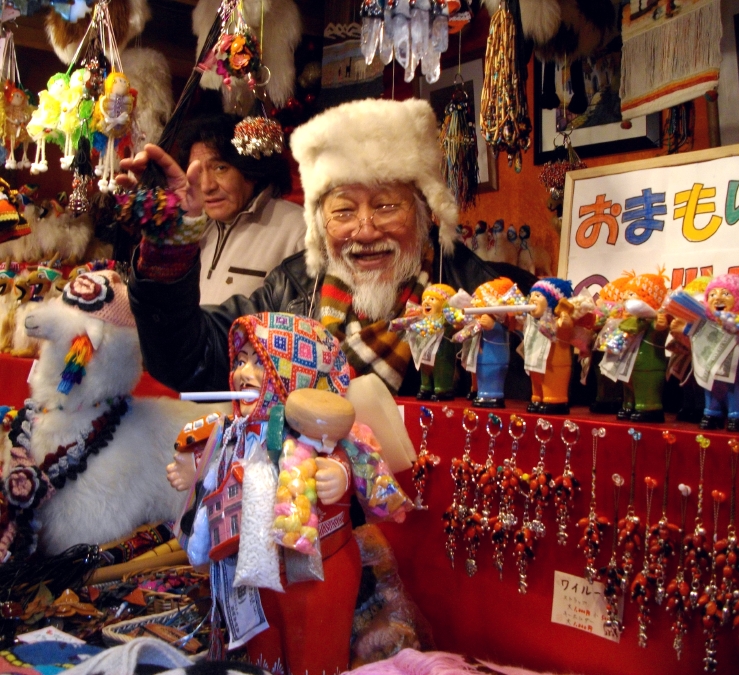
I admit, at first I had mixed feelings when I encountered Western holidays in Asia. Wasn’t it cultural pollution? Wasn’t any place safe from Ken and Barbie dolls, the Easter Bunny, Superman, Santa Claus, Ronald McDonald, Taylor Swift? Was Western capitalism going to turn the entire surface of the planet into a Universal Studios City Walk?
Gradually, however, I’ve adjusted to the fact that in Asia, Japan in particular, the modus operandi tends to be a sponge more than a condom. The cultural roots here are so deep, a little cross-pollination in fact reinforces the uniqueness of the region’s distinctive features.
Besides, Japanese are a bit selective, tending to embrace the funner holidays, with a clear preference for those which can be commercially exploited.
That brings into the fold Christmas, Father’s Day, Mother’s Day, Easter, Valentines Day — which I’ve written about in another article as well as its enhancement with the addition of White Day — and Halloween.
Japanese already exchange gifts at a frenzied pace. It’s considered rude and unacceptable to visit anyone without bringing a gift. It’s not just social visits. I had a lady almost drive into me when I was riding my bicycle. She barely brushed against my pant leg with her car and I just laughed, smiled and waved, then rode off. She actually took the trouble to track down “the American” and the next day showed up at my house with an interesting present — it was a bag of fresh eggplants and a note.
As you’d then expect, all of the Western holidays are celebrated with gifts, maybe holiday cards. But that’s it. They don’t shut down the stores and banks. There are no Halloween or Easter parades. To alert the buying public about these holidays, decorations come out, appropriate to the occasion. There might be some posters in the windows of a store, and special products display. At Christmas in our traditional rural town, there are a few large coniferous trees decorated with Christmas lights. For Halloween candy is put out on sale, as much as six weeks in advance. But the reality is, these holidays are entirely low key affairs, certainly not the extravagant spectacles we often experience in the West.
Let me qualify that slightly for a some locales other than Japan. In Ho Chi Minh City (Saigon) Vietnam, for the month of December, the whole town goes into a Christmas frenzy. Tons of decorations, tinsel and gaudy trees, fake snow, fake snowmen — is that PC? maybe it should be snowpersons — and Santa’s helpers (usually cute girls) running around handing out advertising fliers. And then there’s Bangkok, Thailand, which gives Ho Chi Minh City a run for its money — literally, as it’s entirely about sell sell sell — for Christmas hoopla.
Having said all of this, I will confess that I can’t suppress the allergic reaction I get when I walk into a Japanese supermarket, restaurant, mall during November and December and am subjected to the Christmas carols I typically heard back home in my homeland of birth, holiday songs which cumulatively I’ve heard at least 100 million times. Maybe more!
The problem for me mostly is the schizophrenia of contemporary Christmas. Or maybe a better way to characterize it here in Asia is the “disconnect”.
The schizophrenia infects the U.S. and Canada. What was once a fairly sacred holiday celebration has over the years become an orgy of consumer excess, with brawls and fist fights breaking out over Christmas sale items at Wallmart and other stores.
Not that the religious version holiday itself didn’t have some problems. Stepping back from the official story a bit, it all seems rather unsavory and unlikely. Virgin wife and her presumably sexually-frustrated but stoic husband are traveling. Failing to have access to Trip Advisor or a good travel agent, they can’t get a room. To complicate matters, she’s pregnant by God, creator of the entire Universe. Why did the creator of the Universe choose this particular lady in the first place? Virginity was “the thing” back then and God certainly had His pick. Anyway, she goes into labor so they decide to hole up in a manger. Talk about unsanitary! Cow and goat poop everywhere. The potential for very serious infection is high. But no worries. She spits out the Son of God under these 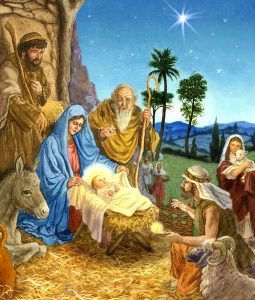 inauspicious circumstances. Giving birth was that much of a breeze back then that a carpenter — her patient and enduring husband — was able to pull this off. With carpenter’s tools? What did they do with the afterbirth? Being part-and-parcel of the birth of the Son of God, it seems it would have some sentimental value. Then after the birth, three wise men show up, guided to the mangy manger by a heavenly object we presume wasn’t a helicopter. They just happen to know the Son of God, halo in place and in full view would be there, thus they brought appropriate gifts to celebrate the special occasion.
inauspicious circumstances. Giving birth was that much of a breeze back then that a carpenter — her patient and enduring husband — was able to pull this off. With carpenter’s tools? What did they do with the afterbirth? Being part-and-parcel of the birth of the Son of God, it seems it would have some sentimental value. Then after the birth, three wise men show up, guided to the mangy manger by a heavenly object we presume wasn’t a helicopter. They just happen to know the Son of God, halo in place and in full view would be there, thus they brought appropriate gifts to celebrate the special occasion.
The result is that among the enormous piles of “stuff” people shop for starting on Black Friday — how weird a name is that, for Christ’s sake? — are Nativity scenes. I guess that makes maxing out credit cards more of a sacred, heavenly-endorsed exercise.
Some folks erect huge, expensive, gaudy Nativity scenes on their front lawns.
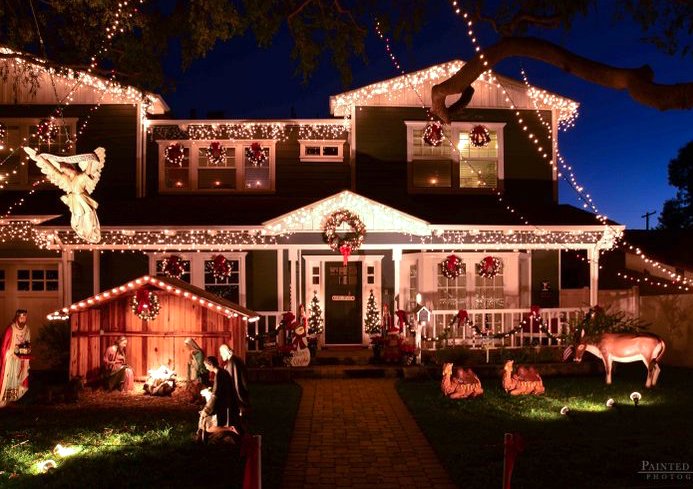 (Rumor has it that Jeff Bezos has live humans in his Nativity scene. They’re, of course, given occasional bathroom breaks and the chance to run down to 7-11 to buy food. Their families are allowed fifteen minutes on Christmas Eve to visit them as long as they don’t attempt to cross the electric fence surrounding the charming, real-life action portrayal of the birth of Jesus. This is, of course, just a rumor, one I’m starting right here, because the beauty of the internet is that you can say what ever you want and people will usually not question it.)
(Rumor has it that Jeff Bezos has live humans in his Nativity scene. They’re, of course, given occasional bathroom breaks and the chance to run down to 7-11 to buy food. Their families are allowed fifteen minutes on Christmas Eve to visit them as long as they don’t attempt to cross the electric fence surrounding the charming, real-life action portrayal of the birth of Jesus. This is, of course, just a rumor, one I’m starting right here, because the beauty of the internet is that you can say what ever you want and people will usually not question it.)
Anyway, what was considered over the centuries by Christians as a defining moment in time, inaugurating for eternity a new era for all that is and will be — the birth of the Savior of Humankind — has in the U.S. mutated into the most defining moment each year for the consumer economy. Around 1.9 billion Christmas cards are sent out annually and the average person does 25% of all their discretionary spending during the holiday, even though it’s questionable how much discretion they show.
Christmas is less schizo and for me here in Japan, as I mentioned, more of a ‘disconnect’. Being a Buddhist and Shinto country, there is no attention paid to the virgin birth and the epic arrival of Jesus on Planet Earth. It’s strictly a commercial enterprise, though not on the scale of the U.S. and many other Western countries. It’s an excuse to buy stuff and give gifts with pretty wrapping.
It’s also an excuse to eat fried chicken! Yes . . . fried chicken.
In a stroke of marketing genius, several decades ago KFC embarked on a campaign to convince the Japanese that fried chicken was the preferred meal at Christmas in the U.S. No one apparently bothered to ask any Americans or they would have found out that it’s either turkey or ham at Christmas and no one in their right mind would eat fried chicken.
 The campaign worked and now people place orders with KFC, of course, sometimes as far ahead as a month in advance — can’t risk having no fried chicken on December 25th — for buckets of the Colonel’s unique blend of herbs and spices. Honestly, it’s such a novel idea, this year I may try it myself. Why not? How does the expression go?
The campaign worked and now people place orders with KFC, of course, sometimes as far ahead as a month in advance — can’t risk having no fried chicken on December 25th — for buckets of the Colonel’s unique blend of herbs and spices. Honestly, it’s such a novel idea, this year I may try it myself. Why not? How does the expression go?
When in Tokyo do as the Tokyoans!
Something like that.
One recurring incident which never fails to amuse me is when people who should know better — friends who know I live in Japan, not in the U.S. — ask me something like . . .
“How was your Thanksgiving?”
Now I’m not an expert on Japanese history, but I feel safe in saying that in spite of the fact that navigation was touch-and-go back then, the Pilgrims never made a stop here. And if they had, they wouldn’t have had fried chicken for their welcoming banquet with the local folks. Maybe sea cucumbers? Or sashimi?
For related reasons, the Japanese don’t celebrate Independence Day, Memorial Day, or Martin Luther King Day.
So don’t ask.
 There’s a park in Kyoto — the Iwayatama monkey park. If you’re ever in that city, I highly recommend it. The park is a short walk across the Oi River from Arashiyama, a must-see district with many interesting temples, shrines, stores, a bamboo forest, the site for a number of wonderful festivals. For about $100, you can get made up head-to-toe as a geisha, something I would love to do, even if it would understandably put my sexuality in serious question among my Western friends. Here in Japan, they’re not so hung up on such matters. There are many celebrities, some of whom regularly appear on television, who are either transvestites or transexuals.
There’s a park in Kyoto — the Iwayatama monkey park. If you’re ever in that city, I highly recommend it. The park is a short walk across the Oi River from Arashiyama, a must-see district with many interesting temples, shrines, stores, a bamboo forest, the site for a number of wonderful festivals. For about $100, you can get made up head-to-toe as a geisha, something I would love to do, even if it would understandably put my sexuality in serious question among my Western friends. Here in Japan, they’re not so hung up on such matters. There are many celebrities, some of whom regularly appear on television, who are either transvestites or transexuals.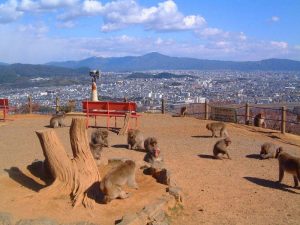 Anyway, getting back to the monkey park. It’s on top of a modest-size mountain. The hike alone is worth it, up a splendid trail through the forest which covers the entire mountain until you reach the summit. On top you’ll find over 200 monkeys, hanging out, looking for food handouts — you can buy appropriate nutritional items from the park station — doing what monkeys on public display typically do. You are cautioned to NEVER look them squarely in the eyes, as they take that as confrontation, a sign that you are threatening and are ready for battle.
Anyway, getting back to the monkey park. It’s on top of a modest-size mountain. The hike alone is worth it, up a splendid trail through the forest which covers the entire mountain until you reach the summit. On top you’ll find over 200 monkeys, hanging out, looking for food handouts — you can buy appropriate nutritional items from the park station — doing what monkeys on public display typically do. You are cautioned to NEVER look them squarely in the eyes, as they take that as confrontation, a sign that you are threatening and are ready for battle.
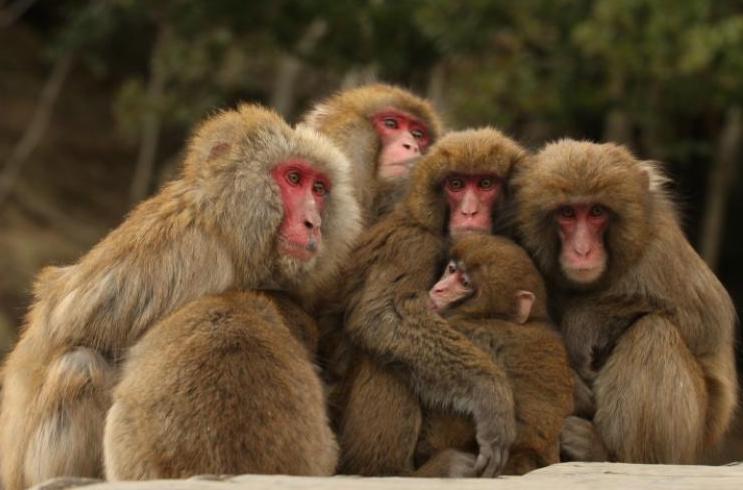
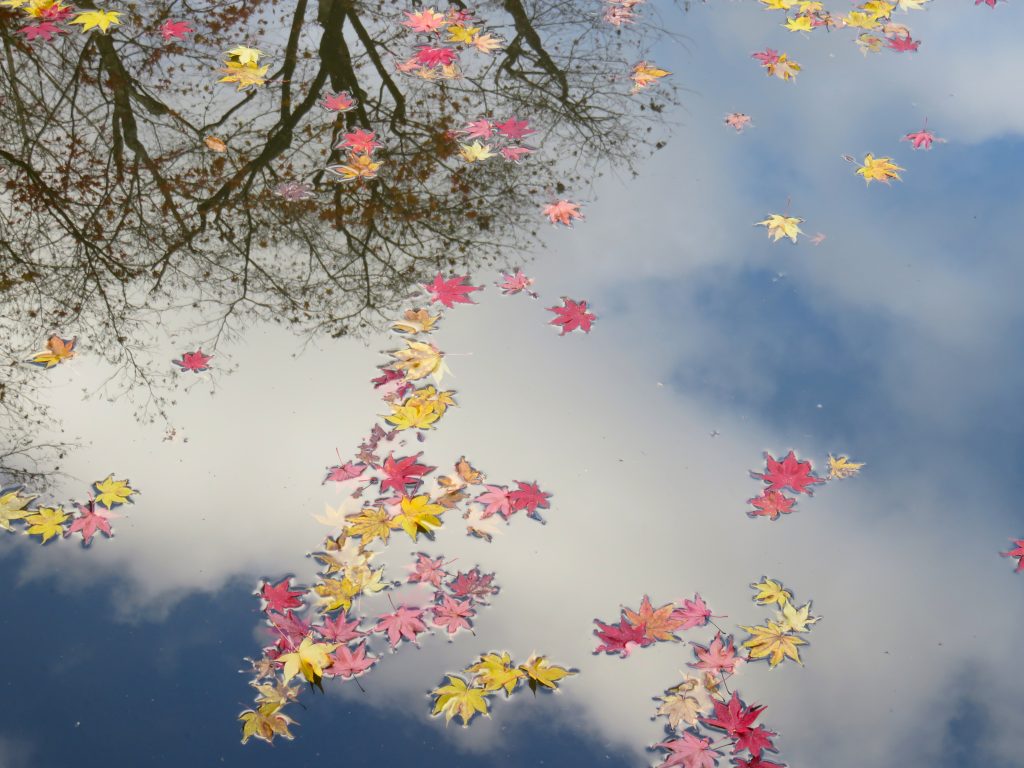




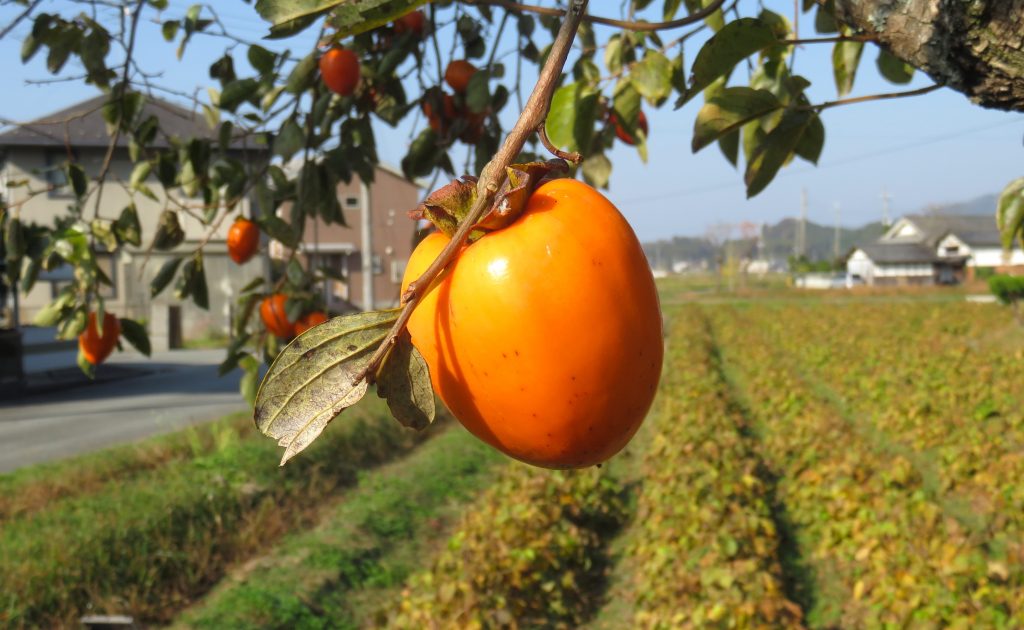
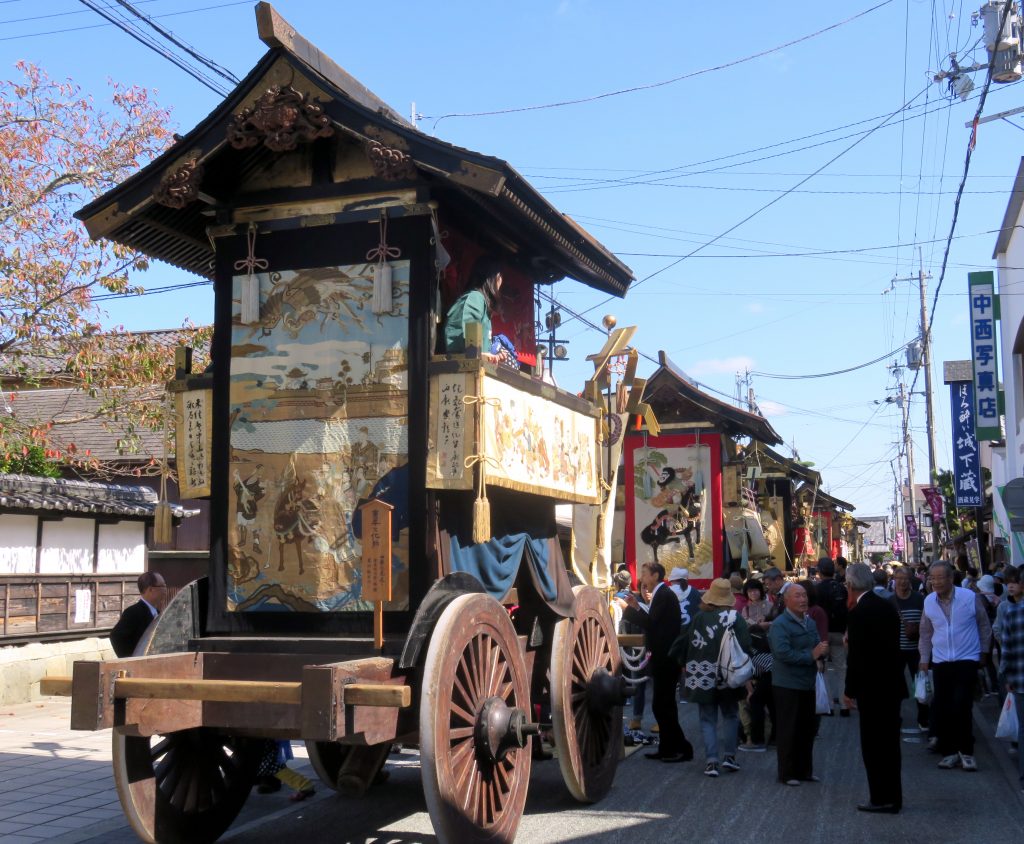
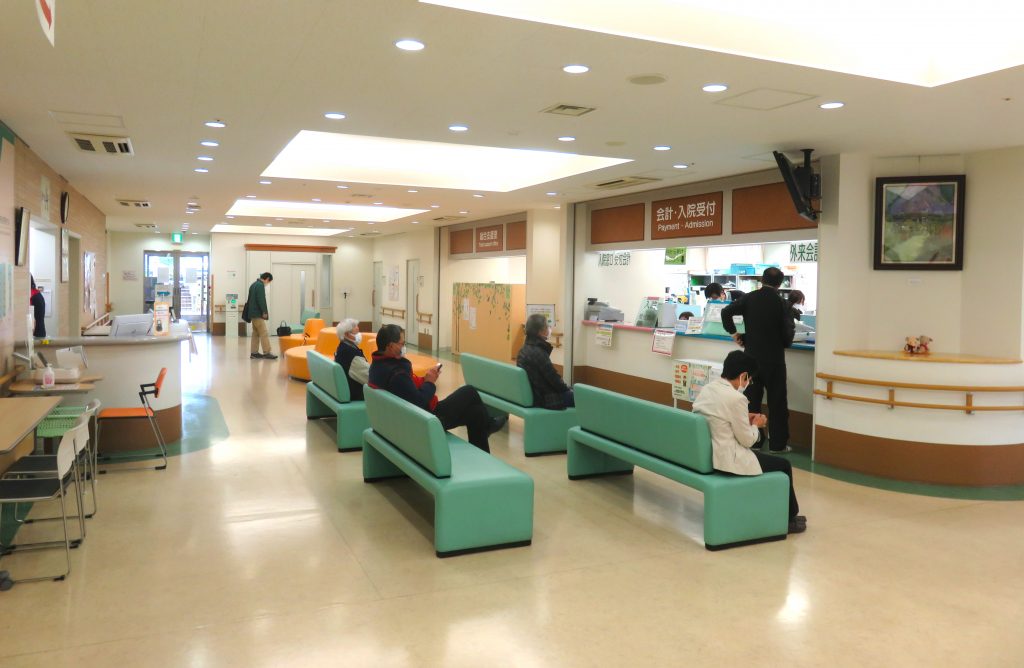
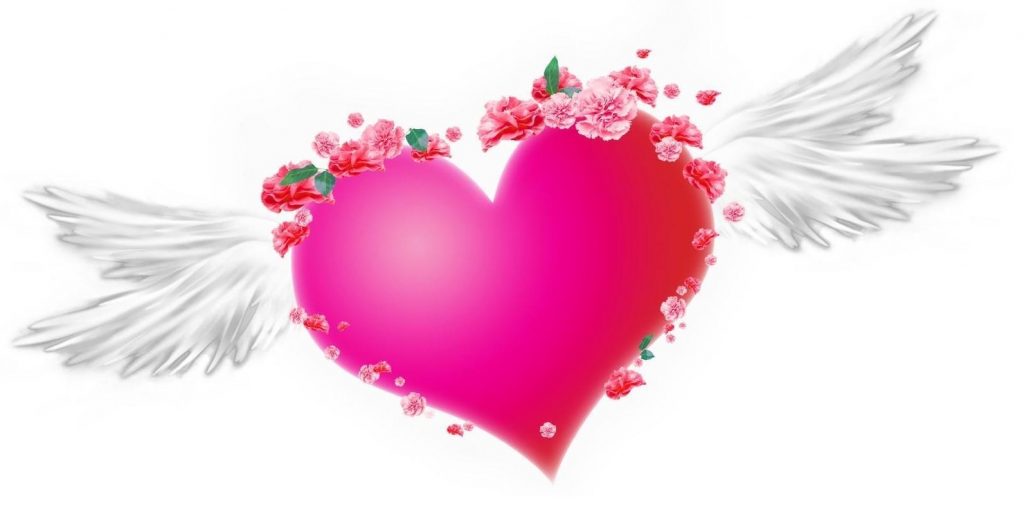
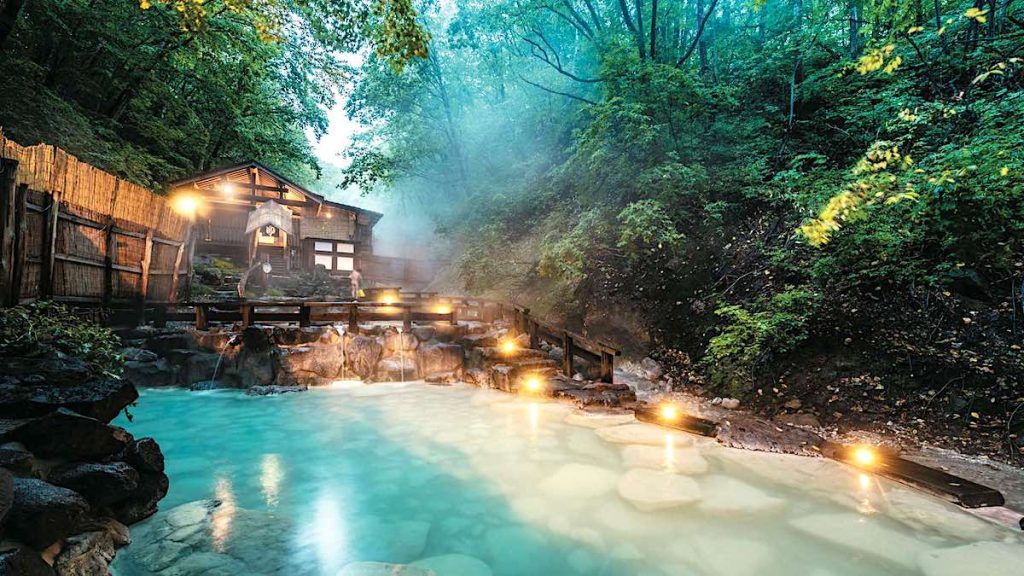

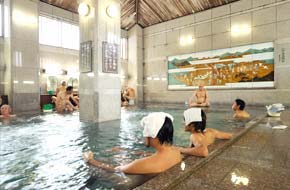




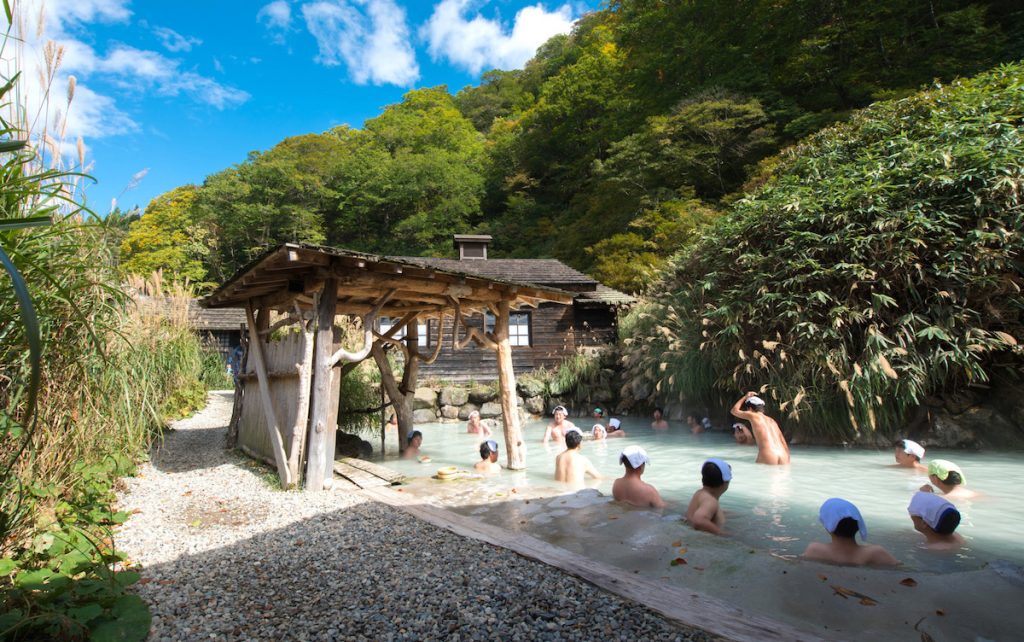


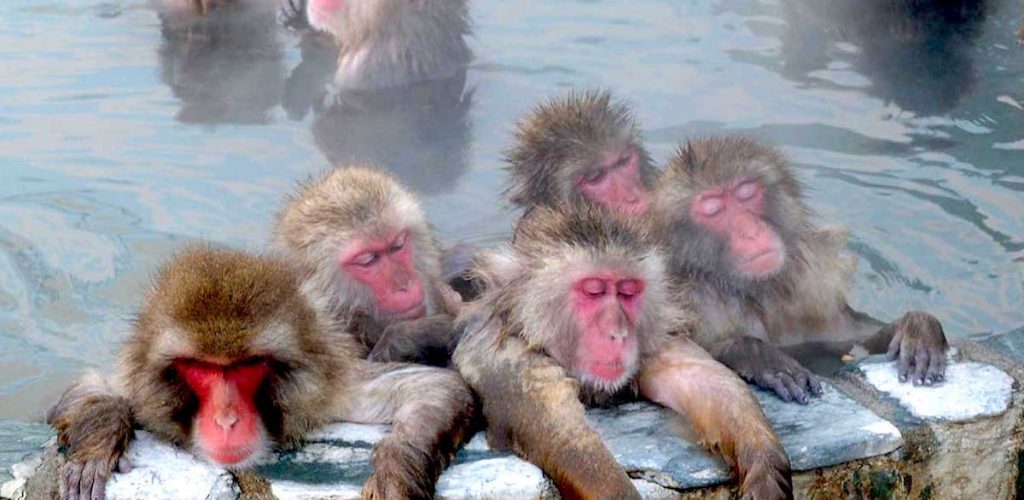
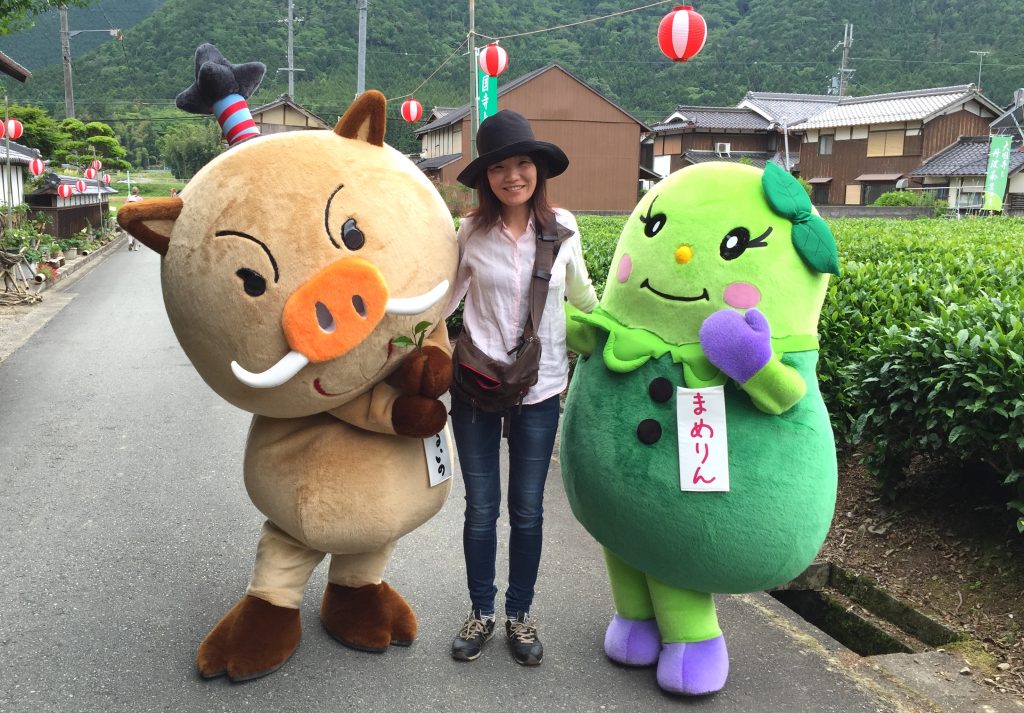
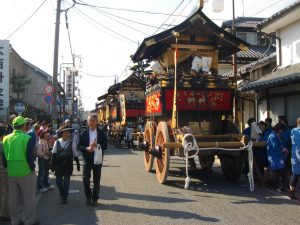
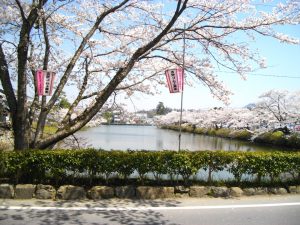
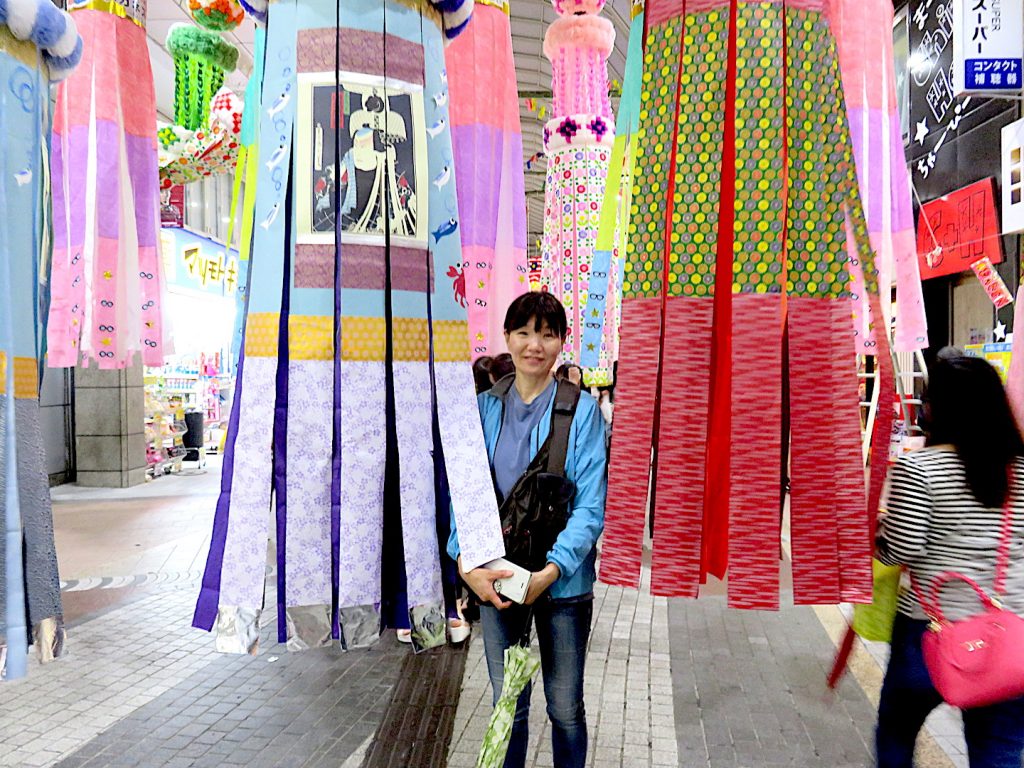
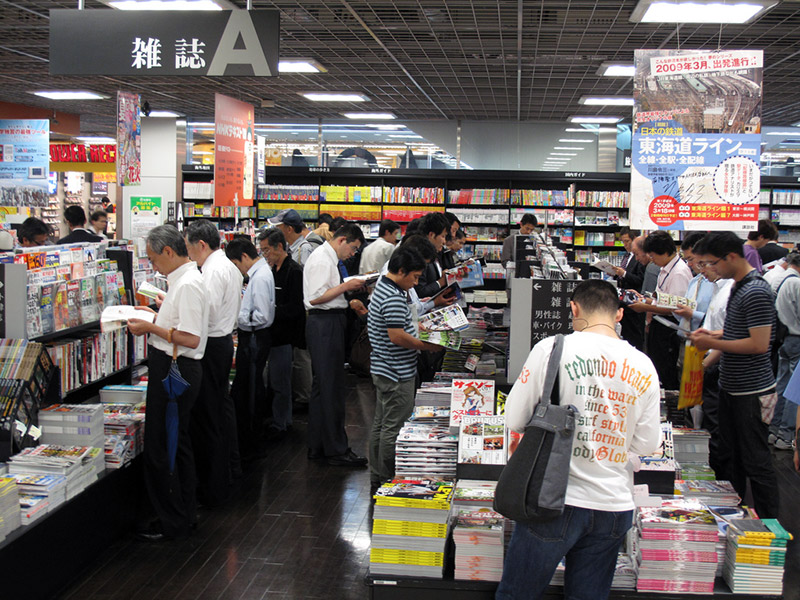




Life In Japan: Kobe’s Luminarie
On January 17, 1995 Japan suffered a devastating 6.9 earthquake, which killed over 6,400 people. It was Japan’s worst earthquake in over 80 years. The vast majority of casualties and damage occurred in Kobe, situated only 20 kilometers (12.4 miles) from the epicenter.
I was in Los Angeles at the time and remember hearing about it, but it was off somewhere to the side on a secondary radar screen. Since news of tragedies across the globe pour in constantly now, one becomes more and more desensitized as time goes on. There’s always something somewhere going on. The further away the incident, the more likely it is to be ignored and dismissed, with local shootings, fires, riots, celebrity and political scandals, auto crashes, and other items on the assembly line of misery and human idiocy taking center stage.
The Kobe earthquake was not some far-off and distant event for my wife. Her family is originally from Kobe and she lost two cousins that fateful morning, when at 5:46 am they were killed in their sleep, as the building they lived in collapsed and crushed them. They were 12 and 14 years old at the time of this tragic event.
Every year now, since 1995, the city of Kobe holds a commemorative event in December, intended to pay tribute to the thousands of victims, the thousands of responders, doctors, nurses, firemen, police who worked tirelessly for months afterwards, and the thousands of citizens who rebuilt the city over many years. It’s called the Luminarie. Several blocks of Kobe are cordoned off and people walk through a cathedral of lights which majestically towers over them. It takes about 40 minutes and ends in a three-sided light sculpture amphitheater, where you can offer prayers and ring a memorial bell.
There are so many dazzling, interesting, spectacular festivals and celebrations going on in Japan each year, it’s often overwhelming. The Luminarie is extremely beautiful but more somber than most. It was rather haunting how quiet the crowd was approaching the area where the lights were. Then, as the video below shows, things got extremely noisy.
This is the second time I’ve seen this astonishing display of artistic ingenuity. The video doesn’t begin to do justice to what a breathtaking experience it is in person.